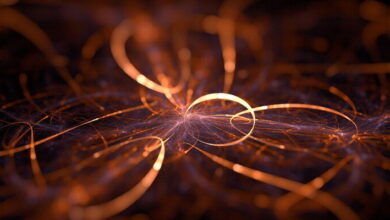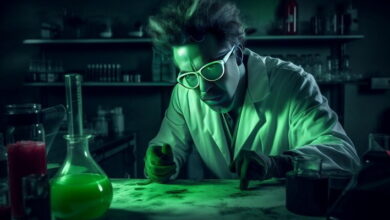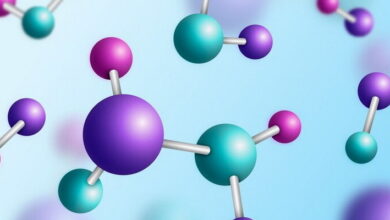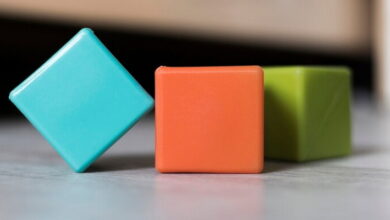Surface Science MCQs with Answers
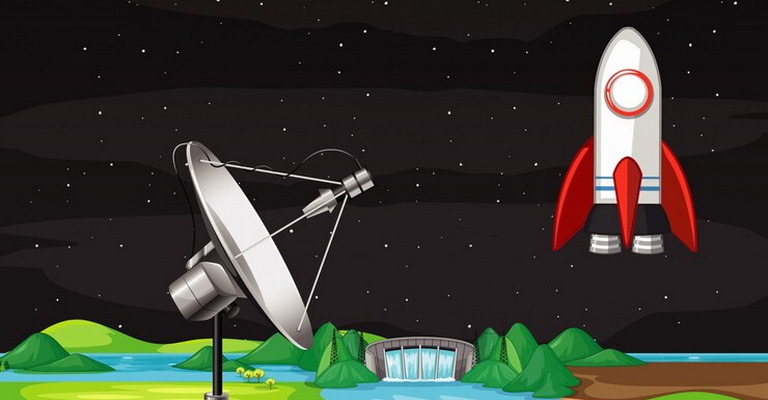
Welcome to the Surface Science MCQs with Answers, it helps learners quickly identify areas for improvement in Surface Science Online Test.
| Surface Science is a multidisciplinary field that explores the physical and chemical properties of surfaces and interfaces. It encompasses research into phenomena occurring at the boundary between different phases, such as solid-gas, solid-liquid, and solid-solid interfaces. Key areas of study include surface characterization techniques like spectroscopy and microscopy, surface reactions, adhesion, and surface modification.
For effective learning in Surface Science, utilizing diverse educational resources is essential. Surface Science MCQs provide a variety of questions that assess understanding of surface phenomena and experimental techniques. Surface Science quiz questions are designed to reinforce learning by focusing on specific aspects of surface chemistry and physics. Comprehensive exam preparation is facilitated through Surface Science multiple choice questions, covering essential topics and advanced concepts necessary for a thorough understanding. |
Surface Science Online Quiz
By presenting 3 options to choose from, Surface Science Quiz which cover a wide range of topics and levels of difficulty, making them adaptable to various learning objectives and preferences. You will have to read all the given answers of Surface Science Questions and Answers and click over the correct answer.
- Test Name: Surface Science MCQ Quiz Practice
- Type: Quiz Test
- Total Questions: 40
- Total Marks: 40
- Time: 40 minutes
Note: Answer of the questions will change randomly each time you start the test. Practice each quiz test at least 3 times if you want to secure High Marks. Once you are finished, click the View Results button. If any answer looks wrong to you in Quiz, simply click on question and comment below that question, so that we can update the answer in the quiz section.
Download Certificate of Surface Science Test
On the end of Quiz, you can download the certificate of the quiz if you got more than 70% marks.
Surface Science Flashcards
The branch of science that deals with the study of surfaces and interfaces is ________.
Surface Science
The angle between the tangent to the liquid surface and the solid surface at the point of contact is called the ________ angle.
Contact
The phenomenon where a solid dissolves in a liquid to form a homogeneous solution is called ________.
Adsorption
The process of coating a metal with a thin layer of zinc to prevent corrosion is called ________.
Galvanization
The phenomenon of a solid absorbing molecules of a gas or liquid on its surface is called ________.
Adsorption
The energy required to remove one mole of molecules from the surface of a liquid is called ________.
Surface energy
Which of the following is NOT a type of surface treatment for improving biocompatibility of materials?
Nitriding
Which of the following is NOT a factor influencing the adsorption of molecules onto a surface?
Temperature
The process of removing surface contaminants or oxides from a metal surface using acid or alkaline solutions is called ________.
Degreasing
The technique used to determine the surface composition of a material is ________.
X-ray photoelectron spectroscopy
The process of depositing a thin film of one material onto the surface of another material is called ________.
Deposition
The process of removing oxide layers from a metal surface by immersing it in an acid solution is called ________.
Pickling
Which of the following is NOT a type of surface modification technique used in materials science?
Superconductivity
The phenomenon where a liquid rises or falls in a narrow tube due to capillary action is called ________.
Capillarity
Which of the following is a technique used to measure surface roughness by scanning a stylus along the surface?
Profilometry
The process of depositing a thin layer of metal onto a substrate by passing an electric current through a solution containing metal ions is called ________.
Electroplating
The phenomenon where a solid spontaneously attracts and holds molecules of a gas or liquid on its surface is called ________.
Adsorption
Which of the following is a factor that affects the wetting properties of a surface?
Surface roughness
The process of creating a thin layer of oxide on the surface of a metal to protect it from corrosion is called ________.
Passivation
Which of the following is a technique used to measure the thickness of a thin film coating?
Ellipsometry
The process of removing material from a surface using a chemical solution is called ________.
Etching
The process of increasing the thickness of a metal surface layer by diffusion of carbon atoms is called ________.
Carburization
The ability of a material to attract and hold water molecules on its surface is known as ________.
Hydrophilicity
Which of the following is NOT a factor influencing the wetting behavior of a surface?
Surface roughness
If you are interested to enhance your knowledge regarding Physics, Computer, and Biology please click on the link of each category, you will be redirected to dedicated website for each category.

